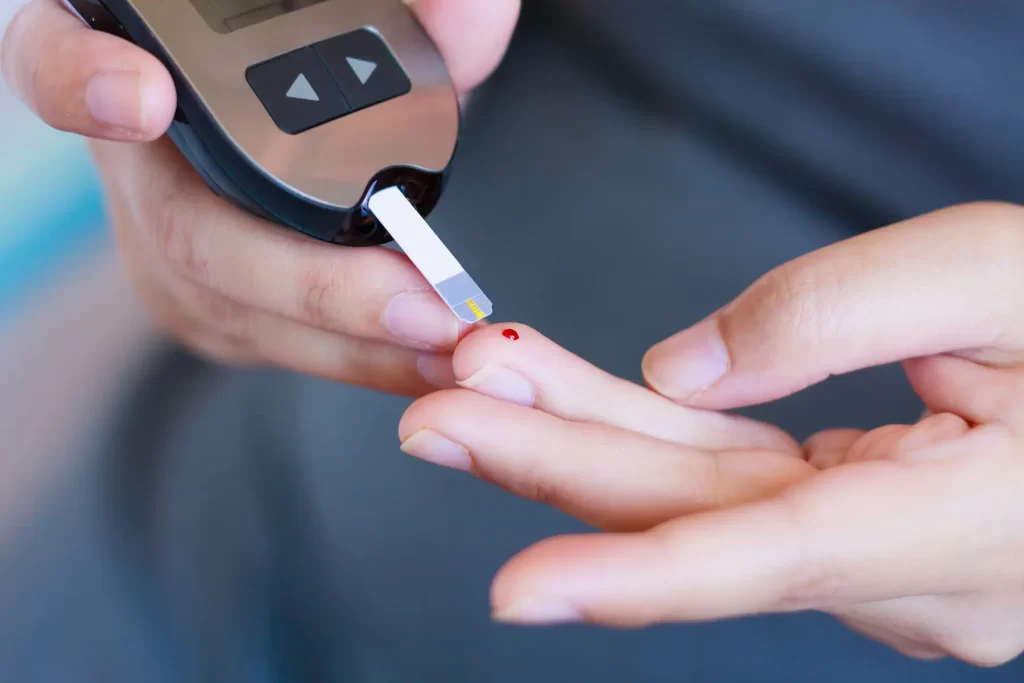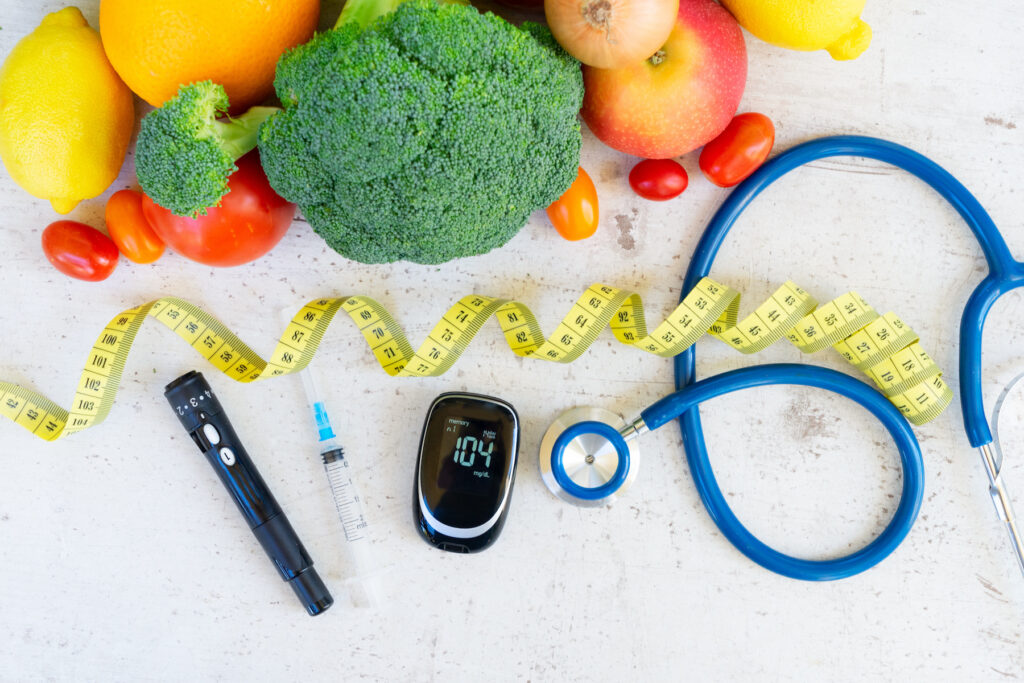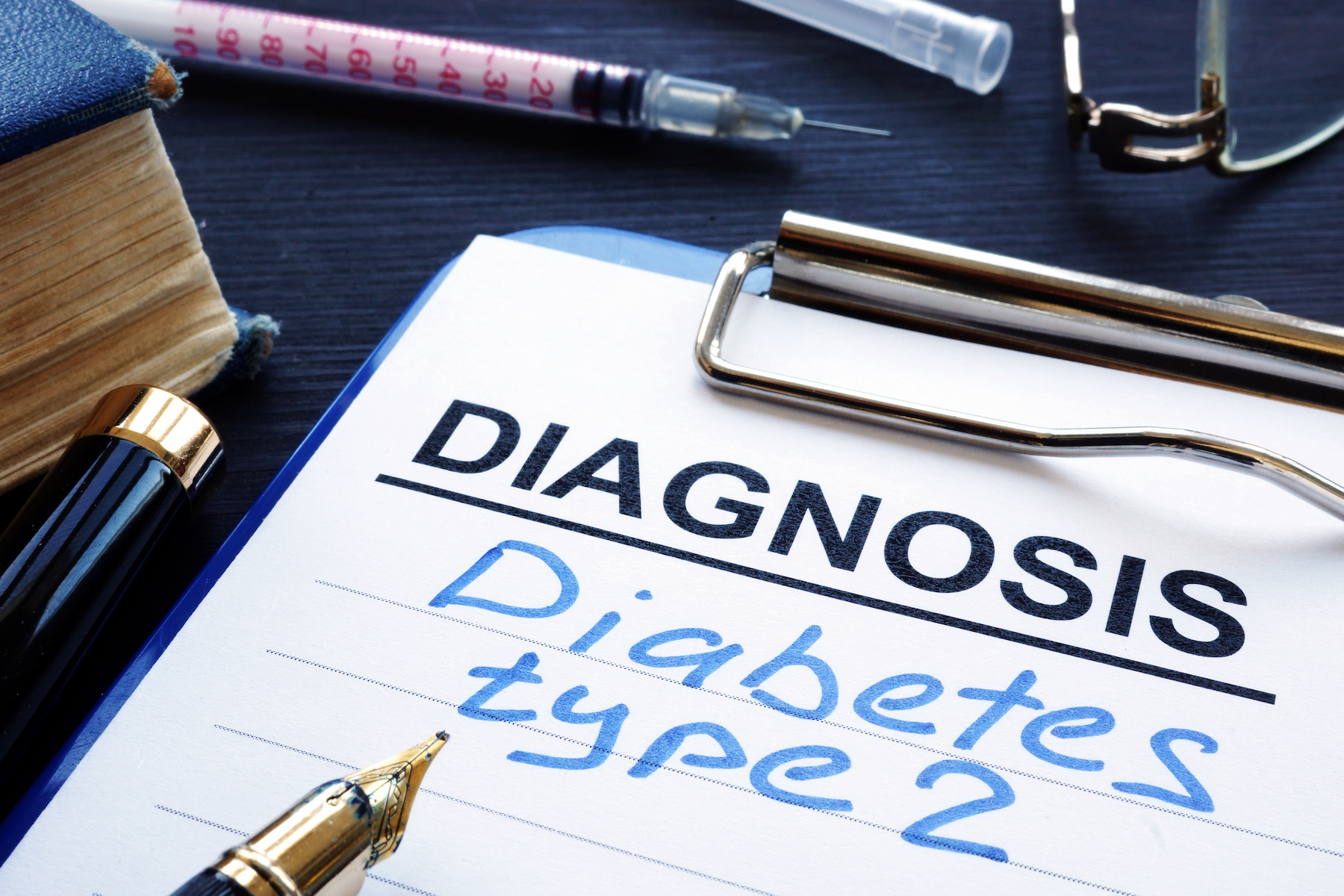This Medical Spanish lesson focuses on explaining some common complications of diabetes in Spanish.
Do you ever find yourself trying to explain what might happen if your diabetic patients don’t control their blood sugar levels? If you do, in today’s lesson you’re going to learn how to explain the complications of diabetes in Spanish. You’ll learn how to describe the consequences of high blood sugar in the eyes, in the feet, and in the kidneys.
Wondering how can you learn this vocabulary?
- Get the downloadable notes before you watch the lesson so that you can follow along
- Study the vocabulary with the quizlet flashcards below
- Take the quiz!
Here is the lesson I taught to the Facebook group:
Basic Vocabulary – Vocabulario Básico
- Azúcar alto: High blood sugar or hiperglucemia
- Dañar
: It is the verb To Damage, To Harm or To Hurt
- Desechos: Waste
- Entregar: To deliver
- Filtrar: To filter
- Flujo de sangre
: Blood flow
- Impedir (e-i): To impede
- Lesiones que no se sanan
: injuries / wounds that do not heal
- Morir (o-ue): To die
- Nervios: Nerves
- Ojos: Eyes
- Oxígeno: Oxigen
- Pegajoso
: Sticky
- Pies:
- Dedos del pie: Toes
- Planta del pie: Sole of the foot
- Talón: Hell
- Tobillo: Ankle
- Piel: Skin
- Retina: Retina
- Riñones: Kidneys
- Sanarse: To heal
- Señales / sensaciones de dolor
: Signals / feelings of pain
- Tejidos importantes: Significant tissues
Vasos sanguíneos – Blood Vessels

Source: Wikimedia Commons
Los capilares tienen un intercambio entre la sangre y las células. La sangre entrega oxígeno y nutrientes a los tejidos y las células, y quita los desechos y los fluidos de las células.
Los Ojos – Eyes
- La acumulación de azúcar impide el flujo de sangre
.
- Sin sangre, los tejidos importantes se mueren
.
- Cuando los tejidos importantes en el ojo se mueren, usted pierde visión (o la visión empeora)
.
- El oftalmólogo evalúa la salud del ojo a través de la retina y puede observar acumulación de azúcar en los capilares del ojo
- Es importante consultar con el oftalmólogo regularmente cuando tiene diabetes para prevenir pérdida de la visión
Los pies – Feet
- La acumulación de azúcar impide el flujo de sangre en los pies
.
- Los nervios no reciben oxígeno ni nutrientes se mueren
.
- Cuando los nervios se mueren, usted tiene falta de sensación en los pies o “neuropatía”
.
- Además, cuando no hay suficiente sangre en los pies, los glóbulos blancos no combaten las infecciones y causa que las lesiones no se sanen
.
Los riñones – Kidneys
- Los riñones son filtros importantes de la sangre pues filtran desechos celulares y líquidos de la sangre (o la urea)
.
- La acumulación de azúcar impide la función de filtración de los riñones
.
- Los desechos se acumulan en la sangre
.
- La presión sube en el cuerpo (presión alta y cardiopatía)
.
Now it’s your turn! I packaged all of this vocabulary in Spanish into some flashcards for you to study.
Eye, Foot & Kidney Tests in Spanish Quiz
See other lessons we’ve taught on Diabetes in Spanish:
How to Measure Blood Sugar Level in Spanish
This Medical Spanish lesson focuses on learning how to measure your blood sugar level in…
How to Discuss Signs and Symptoms of Diabetes in Spanish
Diabetes is obviously a common topic in the clinic, but how do your conversations go…
Describing the diabetic diet in Spanish
Learn how to describe the diabetic diet in Spanish. The diabetic diet basically consists of:…
Giving Spanish Anticipatory Guidance in Diabetes
In this free Medical Spanish lesson you will learn how to cover the main details…









Pingback: How to Explain the 10 Most Common Fall Season Illnesses in Spanish | Common Ground International Language Services
Pingback: How to Give a Painful Shoulder Exam in Spanish - Vocabulary & Phrases